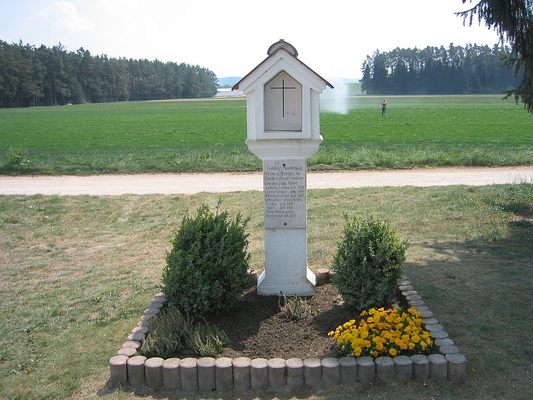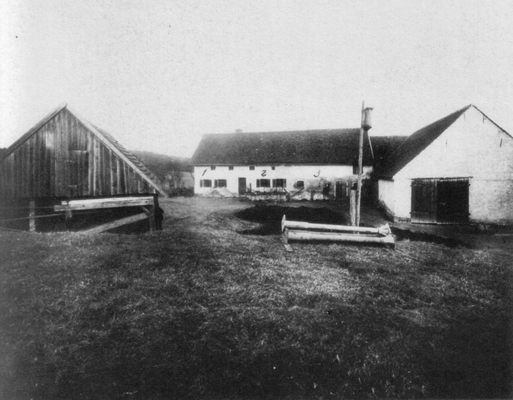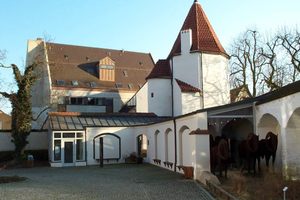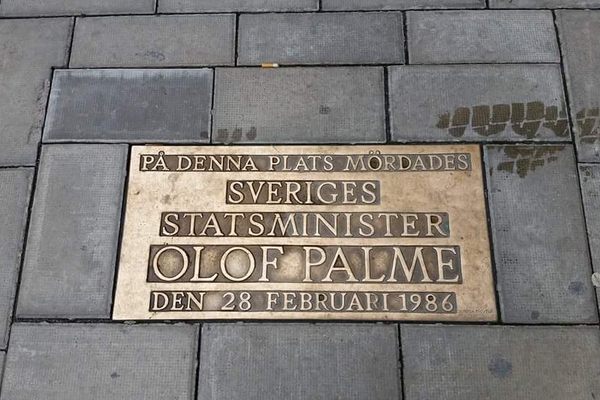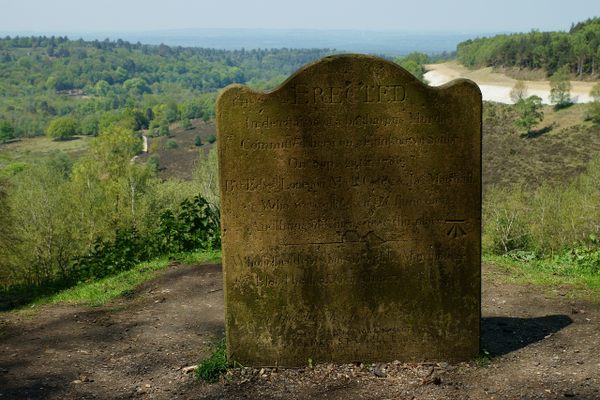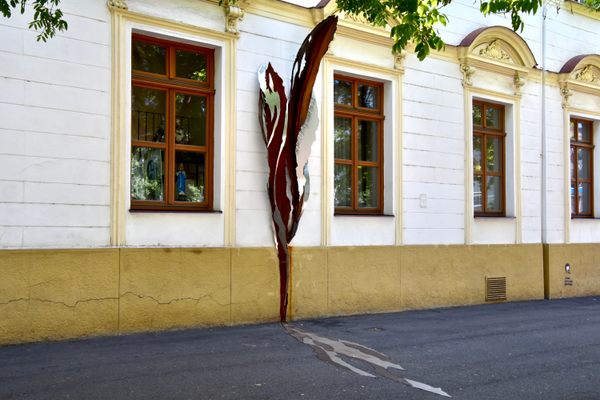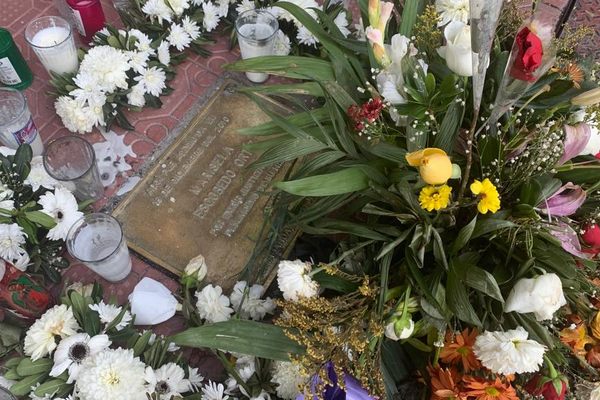About
It was during the cold spring of 1922 that German farmer Andreas Gruber and his family were brutally bludgeoned and hacked to death with a rusty farm tool, but despite nearly a century of investigations employing everything from clairvoyants to modern forensic techniques, the killer is still not known.
Days prior to the grim proceedings of March 31, 1922, Andreas Gruber, who lived on the remote farmstead known today as Hinterkaifeck, began noticing some strange things. As related to friends, but not police, Gruber had found footprints leading out of the forest behind his house, yet none leading back. In addition, he believed that he had been hearing footfalls in the attic, and had also found a newspaper that seemed to come from nowhere. His house keys even went missing. Despite all of these horror movie cliches, Gruber reported nothing to the police. Perhaps unsurprisingly, it was just days later that he and his entire family was brutally butchered.
Gruber lived with his wife, their daughter who had lost her husband in World War I, and her two children, one of whom was believed to have been fathered by Gruber himself. The family also employed a maid who had the unfortunately luck of being at the house at the time of the violence. While no one knows exactly how things played out, the results are well documented.
Warning. Gruesome murder details ahead.
Gruber's wife was found bludgeoned about the head, breaking her skull open, in addition to signs of strangulation. The two-year old boy that was said to be the product of Gruber's incestuous relationship with his daughter had his face caved in. Gruber's daughter herself also had the side of her face collapsed, in addition to a number of other wounds including a skull-shattering wound on the top of her head from a small tool of some sort. The maid was dispatched seemingly quickly with just some blows to the head. Gruber himself was said to have had his face "shredded" and collapsed leaving jagged bone protruding from the wound. Perhaps the worst off however seems to have been Gruber's granddaughter who had her jaw smashed and her throat cut, but seems to have remained alive the longest judging by the clumps of hair found in her clenched fists. It is believed that she began pulling her own hair out while she watched the rest of her family being slaughtered.
Police arrived at the farmstead days later after neighbors found the bodies, but after a maddening investigation, no suspect was found. At a loss for leads, the police even decapitated the victims' corpses after their autopsies and sent the heads to Munich where they were given to a clairvoyant who was unable to glean any new facts. While it was believed that a number of instruments were used in the murders, the central weapon seems to have been a pick axe-like farm tool known as a mattock, which would have been responsible for all of the smashed skulls.
Despite continued investigations throughout the decades by both amateurs and professionals the murderer of Gruber and his family has never been definitively found. Even after an investigation in 2007, using modern technology and techniques, the case remains unsolved.
While the victims are buried in a cemetery (their bodies anyway, the heads were lost during World War II) away from the farmstead, a monument near where their farmhouse stood still remembers the killings, just not the killer.
Related Tags
Published
October 27, 2014
